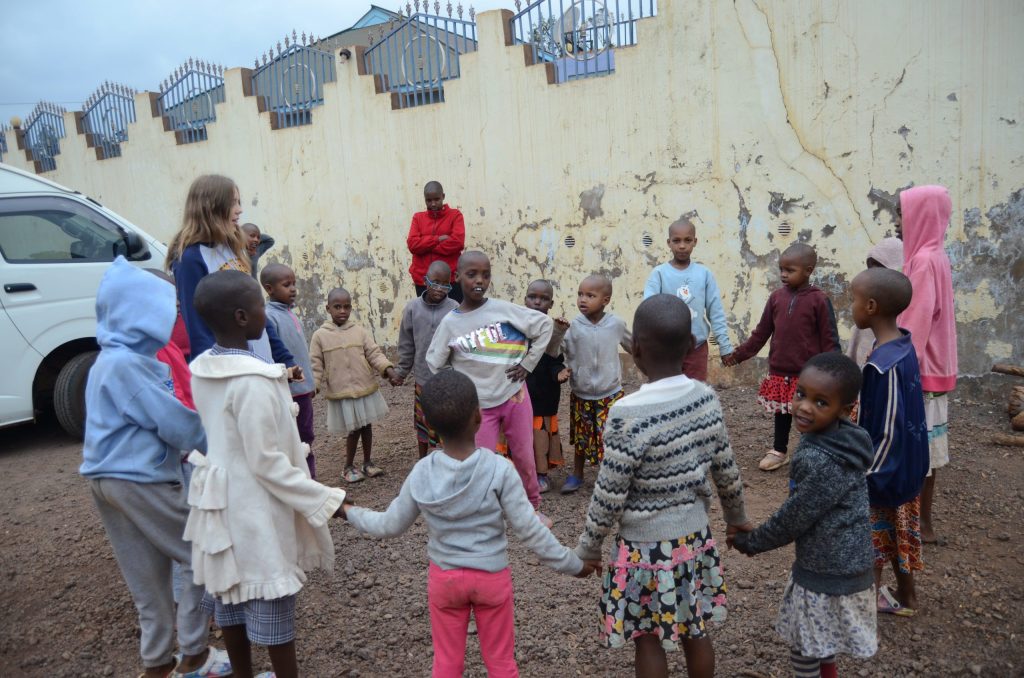It’s time to move along with both boys and girls
Abtvgh /WAEC

In July this year, a former Head of the National Office of the West African Examinations Council (WAEC), the Very Rev. Dr Nii Nmai Ollenu, wrote an article titled”: “Tears of the boy-child”, which was published in this paper, which sought to alert the authorities that it was about time we gave due attention to the boy-child as we did to the girl-child.
His article was premised on the fact that currently the boy-child population in the second cycle schools was dwindling as compared to the girl-child population, citing, for instance, that records available suggested that the girls were leading the boys in both enrolment and academic performance.
For example, statistics from WAEC, Ghana show that from the period 2006 – 2022, the winners of the first three positions in the Distinction Awards of the West African Senior School Certificate Examination (WASSCE) are 46 in all.
Out of this number, 26 are girls which works to about 57 per cent, and 20 are boys, representing 43 per cent.
The current state of the student-gender categorisation is a result of a deliberate effort to reverse a general trend in the country which weighed heavily in favour of the boy-child in the early post-independence period.
The Daily Graphic recalls in those days the influence of international conventions, such as the “Education for All” and advocacy driven by global happenings, compelled governments to introduce educational policies that supported the girl-child in order to create equal academic opportunities.
So, over the years, this advocacy has yielded positive results, during which the programme, “Send your girl-child to school,” was pursued.
Currently, the focus on the girl-child has been taken a notch higher where specific schools such as STEM institutions for girls, Mathematics Workshops for Girls, Robotic and Computer Training for Girls have been tailored for girls. Additionally, special scholarships and concessions are given to the girl-child all in the name of affirmative action.
Interestingly, ever since the campaign to get the girl-child into the classroom was mounted, the educational policies in the country seem to have been skewed towards the girl-child.
This is, particularly, so when schooling has been made compulsory at the basic level and free at the secondary level. Parents have no excuse to prevent the girl-child from going to school.
Unfortunately, all these are being done without any parallel policy intended for the boy-child.
For us at the Daily Graphic, the “Send the girl-child to school” advocacy campaign, launched in the 1990s and early 2000s, is long past and what we need now is equality and parity because the country’s economic development indicators require a balance of both males and females.
As a country, we need to ensure that a blind eye is not turned to the boy-child because the time has come for restrategising and re-directing our focus towards the boy-child.
It is in this vein that Rev. Dr Ollenu is of the view that it appears as though the modern boy-child is being made to suffer punishment for the iniquities the forebears committed by not sending the girl-child to school.
To support the position of the former WAEC boss, the Ghana National Association of Teachers (GNAT) is calling for sustained efforts by all Ghanaians to encourage and support more boys to stay in school so as to enable them to develop their full potential for national development.
The association is advocating that initiatives and efforts to motivate boys to go to school and remain throughout their study must be sustained. In this connection, all stakeholders, including organisations, parent-teacher associations, philanthropists and old students need to be actively involved in an all-hands-on-deck approach.
Let us, as a country, be intentional in ensuring that whatever is done for the girl-child the same must be extended to the boys.



